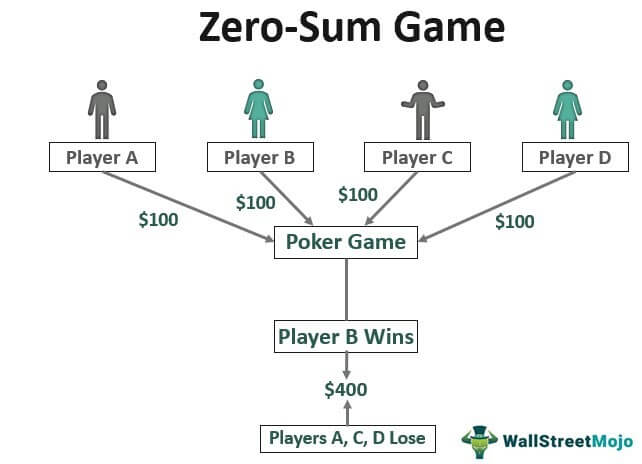The Memecoin Wave
The recent memecoin wave has taken Twitter by storm with many drawn into the potential for a quick buck. With an absolute smorgasbord of options (PEPE, KING, TACO, GUAC to name a few) and some eye-popping gains being made, it was easy to get swept up in it all.
For me personally, I chose not to engage and will elaborate why. The tl;dr of it is down to understanding the nature of the game. As I’ve said in previous writings, context is everything.
Zero-Sum Games
A zero-sum game is a situation where one person’s gain is equivalent to another’s loss. As a result, the overall net change across all players is zero.

Poker is an often-cited example. The total prize taken by the winner is always equivalent to the sum total of what the players put into the system. For the most part (barring fees etc), trading falls into this category. For every $X worth of a token I want to sell, there needs to be someone willing to buy. This is referred to as liquidity.
The Illusion
Part of what drives the hype is the illusion of how many winners there are. All over social media we see people sharing how their bags of a token have grown exponentially in the run. It looks like everybody around us is winning and so we might as well give it a shot.
The truth is most of this is entirely meaningless because they haven’t secured those profits by selling. Furthermore, if they did sell, it is highly unlikely that there would have been sufficient buying liquidity to absorb them dumping their bags. If anything, sharing their bags to get you excited and buying in serves them the most as they generate the exit liquidity they require to sell their positions.
The PVP Market

Ultimately, for every winner that managed to secure bags of profit by selling at the right time, there were losers that bought at the worst time and are left holding bags. What we often see with memecoins is the total number of ‘winners’ is significantly smaller than the total number of ‘losers’. That is to say that the large majority of profit is earned by a minority of players.
Conclusion
The point of all this is to say that aim of the game is to be on the right side of the market but the overwhelming statistic is that most players will not. Part of the equation is also the fact that most people who choose to participate in the memecoin game are inexperienced players and therefore more likely to trade emotionally and without an objective strategy.
I won’t deny that the Memecoin wave brought some fun to the space with plenty of amusing banter on social media. Unfortunately it also presented opportunities for bad actors to take advantage of people’s FOMO to drain liquidity from the market. That’s not to say that people should never engage with these phases, but rather do so with a clear understanding of the nature of the game that they are playing. From there they can formulate a clear strategy and manage their risk. Even then, the odds are simply not in your favour.


